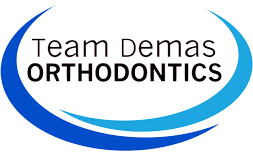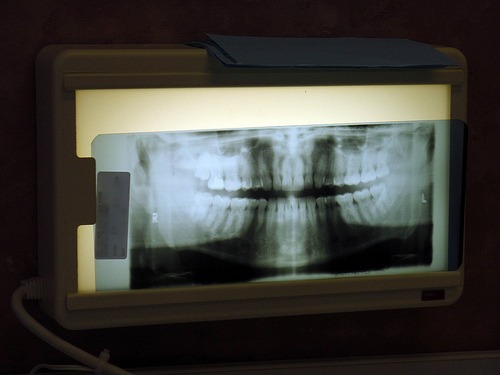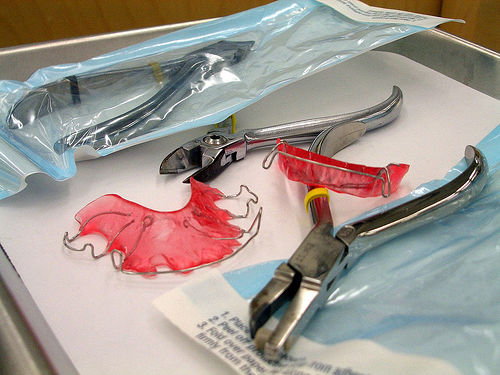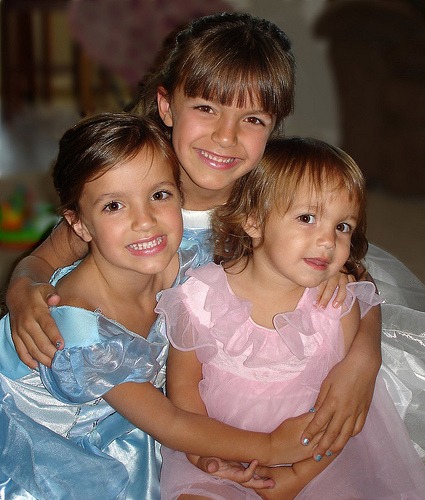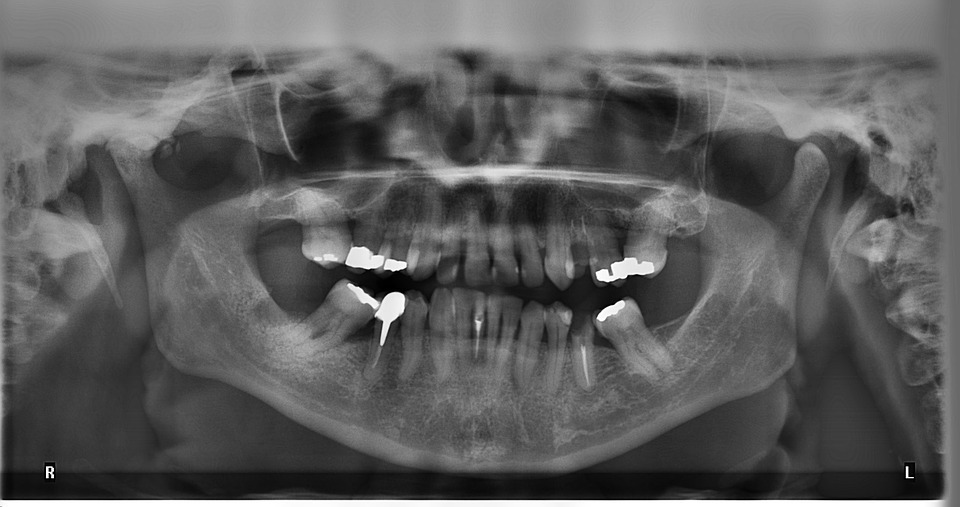
by | Jun 26, 2014 | Orthodontic Treatments
Do Dental X-rays Really Cause Brain Tumors?
The topic of dental health should be at the forefront of any mother’s mind.
Both your own dental health and the health of your children should be taken into account . Not only will they dictate social factors like self-image and the image that others perceive, but positive dental health will help to ward off diseases like gingivitis and receding gums, which have been linked to long-term health effects like heart diseases and diabetes.
. Not only will they dictate social factors like self-image and the image that others perceive, but positive dental health will help to ward off diseases like gingivitis and receding gums, which have been linked to long-term health effects like heart diseases and diabetes.
While the issue of health should be at the forefront of your concerns, what about dental x-rays? Do they hurt more than they help? Do they cause brain tumors that will hurt both you and your children?
Let’s explore these questions in detail.
What is a Dental X-Ray?
Dental x-rays use a small amount of radiation projected through your body to bombard film. This radiation comes together in such a way to help your orthodontist to discover the status of your mouth.
These x-rays can come in a variety of forms, but the most common ones that you and your children will encounter are the common bite-wing x-rays that show the quadrants of your mouth and how well your teeth line up.
Read more…
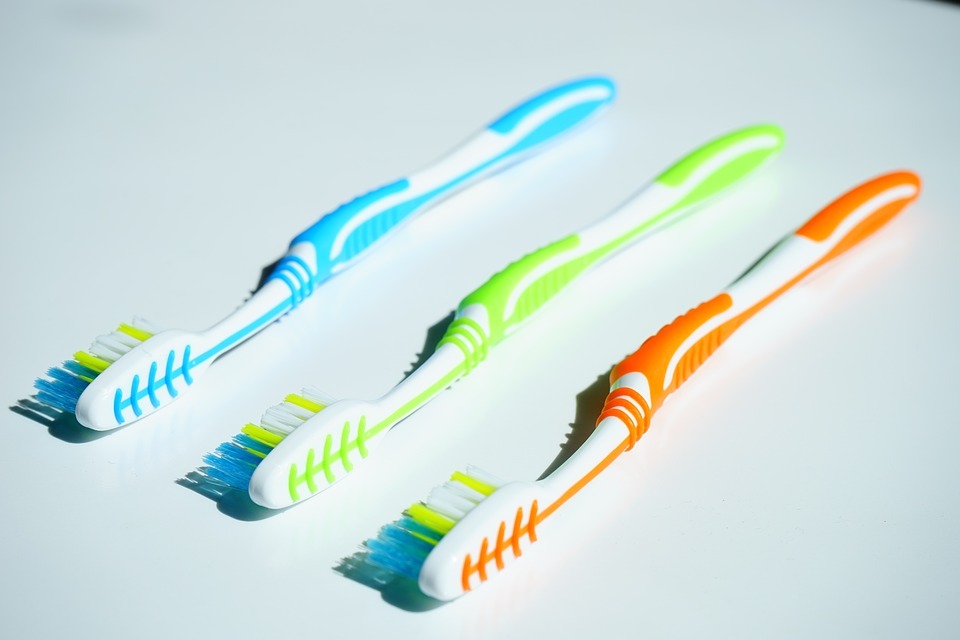
by | Jun 17, 2014 | Words of Wisdom

Word of Wisdom No. 3: Clean your tongue
Many people tend to think that the brushing process involves the teeth and in most cases ignore brushing the tongue. A tongue scrapper is more effective than a tooth brush in this tongue cleaning process. The two major cleaning methods that can be used includes, using a scrapper, spoon and lastly using a tooth brush. However children in most cases find it yucky and difficult to brush the tongue, in such a case it is best to introduce the child to tongue brushing using a spoon. Many children prefer tongue scrapping to tongue brushing.
Read more…
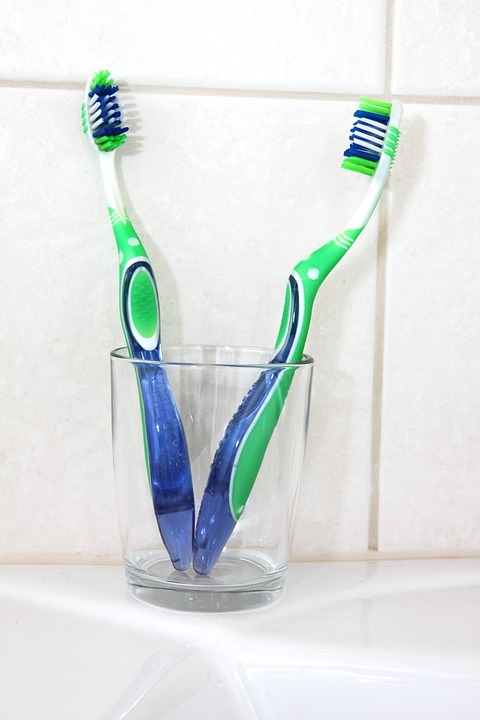
by | Jun 10, 2014 | Words of Wisdom
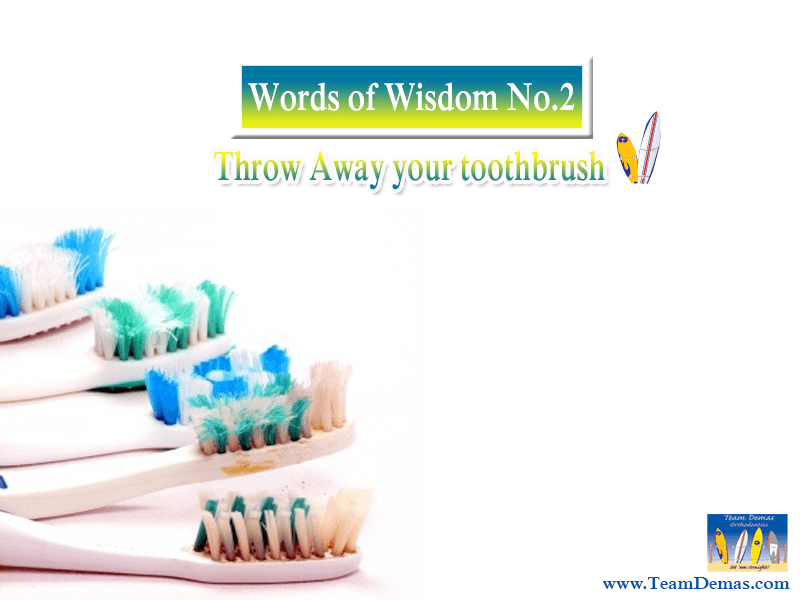
Word of Wisdom No. 2: Chuck your toothbrush
Medical specialists have proven that a tooth brush can cause cases of reinfection if one fails to change the toothbrush after an attack. Some disease causing bacteria such as, strep tool germs have been known to hide in the toothbrush for a long period. Hepatitis causing agents also can survive for more than hours in a toothbrush. To avoid cases of transferring bacteria, it is important to chuckle the tooth brush or at least replace it after using it for one month. After brushing, the tooth brush should be carefully rinsed and placed in a clean position.
Read more…
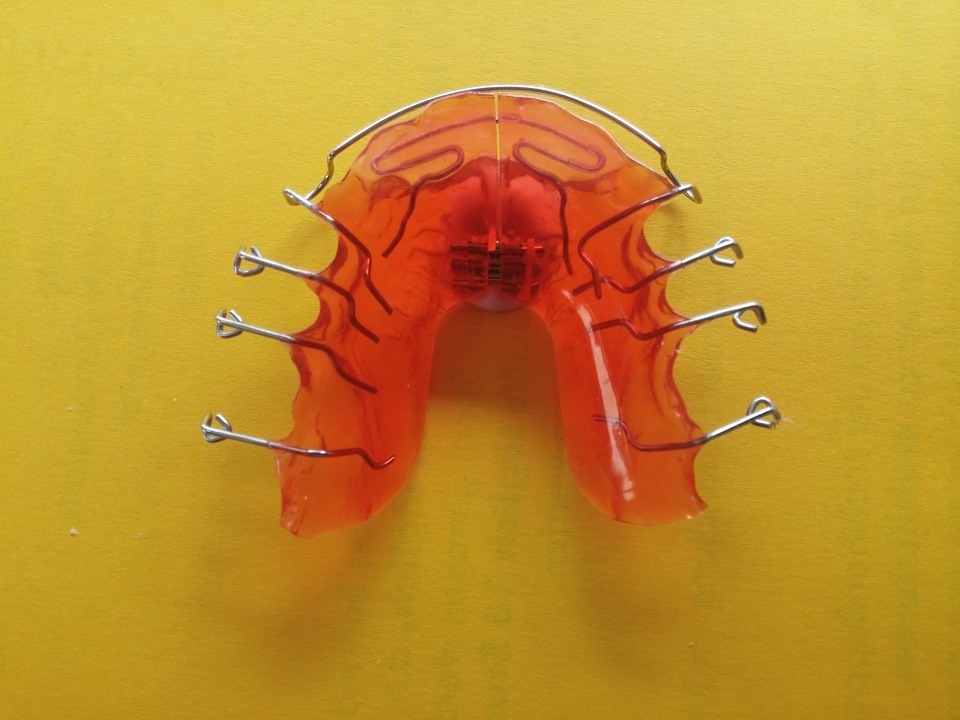
by | May 29, 2014 | Orthodontic Treatments
Retainers
Braces are orthodontic appliances, but retainers are not, as their purpose is not to move the teeth. It is a fact of life for many brace users that once the brace has been used, a retainer has to be worn, too. This is to prevent the teeth from moving back into their original position.
The majority of patients who have had orthodontic treatment must wear retainers. If retainers are not worn, then their teeth will soon be misaligned and crooked again. The hard work and sacrifice that have gone into wearing the braces will soon be lost. The necessity to wear a retainer after the brace has been removed is the down side of brace installation.
The main reason for wearing a retainer is to halt the tendency of the teeth to move back in to their original position. Particularly as we go through the aging process, teeth may move in an unpredictable manner. A retainer which is worn for a long period can reduce the impact of these changes and can even prevent them altogether. This means straighter teeth can be assured into the future.
A retainer is fitted when orthodontic treatment has been completed and the braces have been removed. There are two types available – one that can be fixed more permanently on to the teeth and another type that is removable. The orthodontist selects the one that is most useful for the recipient.
Read more…
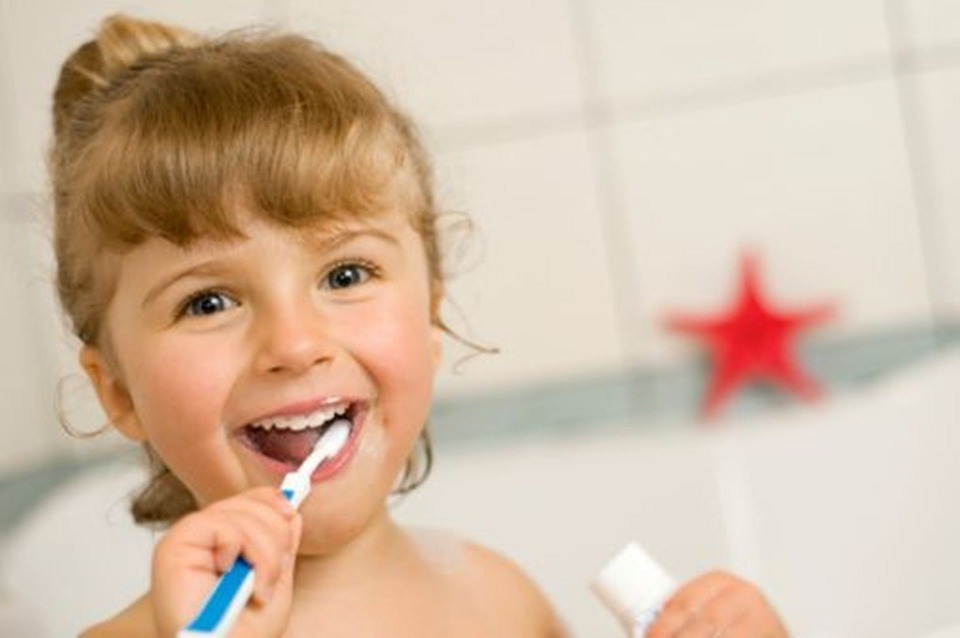
by | May 22, 2014 | Orthodontic Treatments
What is the Best Age for Your Child to Get Orthodontic Braces?
Selecting the most suitable time to commence orthodontic treatment is typically determined by consultation between the orthodontist and the child’s parents. Apart from the physical factors of misaligned and protruding teeth and the stage of development that your child’s teeth have reached, there is also the maturity of your child to take into consideration, too. Rushing into braces too early when your child is not mature enough to take care of the braces may be premature and not lead to the desired results.
Cues used to determine the time for braces
In most cases, Dr. Don Demas, at Team Demas Orthodontics in Southington, does not fit braces until the child has lost all of his or her primary teeth and the 12-year molars have all or, at the least, partly erupted. A straightforward treatment program should only last 12 months. It can markedly exceed this time frame if the braces are positioned on the teeth while there are some baby teeth still evident, or the 12-year molars are not yet visible.
Read more…

 . Not only will they dictate social factors like self-image and the image that others perceive, but positive dental health will help to ward off diseases like gingivitis and receding gums, which have been linked to long-term health effects like heart diseases and diabetes.
. Not only will they dictate social factors like self-image and the image that others perceive, but positive dental health will help to ward off diseases like gingivitis and receding gums, which have been linked to long-term health effects like heart diseases and diabetes.